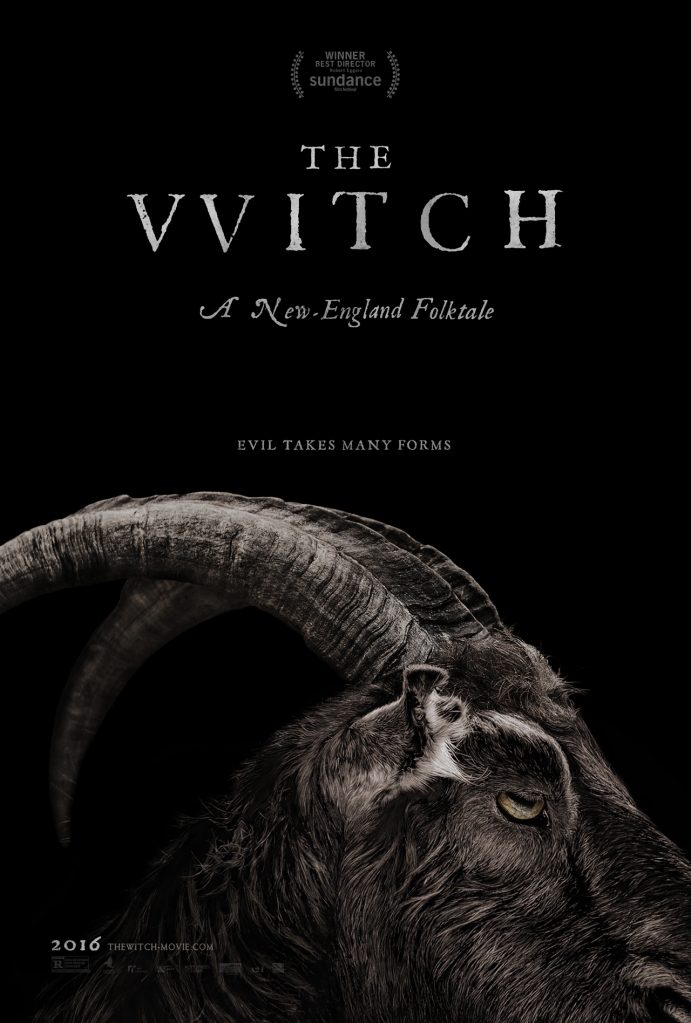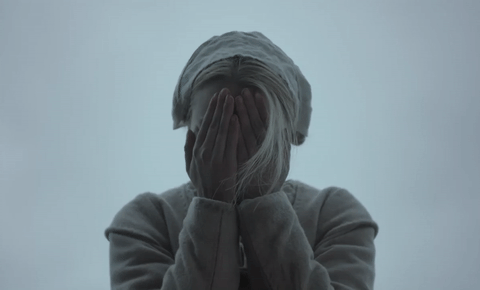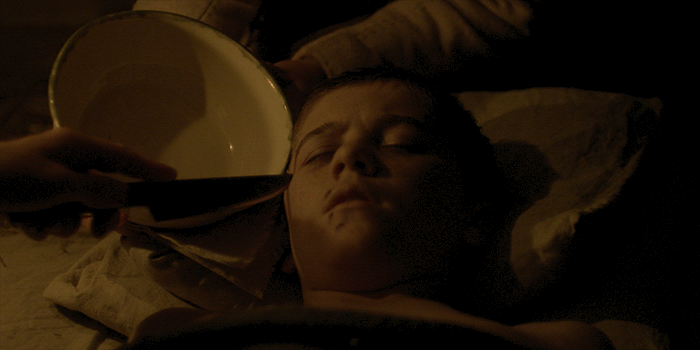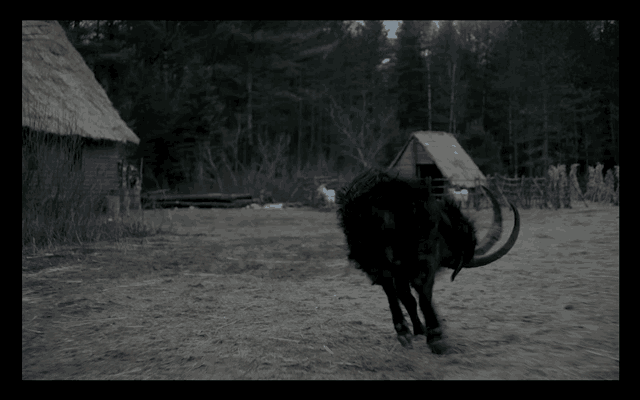There has been a lot of buzz floating around about The Witch ever since it hit the festival circuit last year. Rolling Stone promised it would “scare the hell out of you” and declared it “a crafty calling card brimming with beauty and terror” for first time writer/director Robert Eggers. The Atlantic gushed over it, saying it was “a film that conjures its scares not from sharp jumps, but from the eerie hostility of the untamed American wilderness.”
And on, and on, and on.

I read praise heaped upon praise for the stark foreboding of the unforgiving forest, for the raw desperation of the isolated family, for the power of superstition to cast doubt on those we love most. Critics could not say enough about how wonderfully different this was from your run-of-the-mill slasher, and comparisons to the atmospheric magic of It Follows were plentiful.
To a certain extent, I blame the hype for coloring my viewing experience (a phenomenon perfectly addressed here) but then again It Follows was also hyped and I thought it delivered on its promise several times over. The Witch, on the other hand, left me feeling remarkably underwhelmed as the end credits rolled.
Some spoilers ahead – Plot points and themes

My first instinct as the lights came up in the theater was to laugh. Not the nervous laugh of someone who has just been emotionally drained by a fine piece of psychological terror, but rather the amused “you got me” laugh of someone who was just tricked into paying to see the equivalent of a student film with a decent costume budget.
So, @TheWitchMovie is basically a 17th century Judy Blume book. But less scary. “Are You There, Witch? It’s Me, Thomasin.”
— Natalie Litofsky (@nblitofsky) February 21, 2016
The atmosphere, while decidedly desolate, didn’t strike me as all that creepy. But maybe that’s because I took many childhood trips to New England to visit family and I understand that it really is that damp and gray for chunks of the year. More than anything else – more than fear or shock or terror – I honestly just felt sorry for eldest daughter Thomasin.
Right at the start she definitely looked pissed that her dad was too weird to function in town as he thanked the committee of men in funny hats for banishing him from society. So there she is, stuck on the edge of a forest void of edible plants, living in an attic with a younger brother who can’t stop drooling over her cleavage, creepy twin siblings who talk to the family goat, a father whose only skills include chopping wood and praying, and a mother who likes the idea of having babies but not taking care of them.

Thomasin is old enough to remember what it was like living home in England (where they had “real glass” in the windows) and there is a point where she desperately tries to get her brother to remember as well so that she has someone to commiserate with. She’s the one watching the infant when he disappears (either by wolf or by witch, depending on which weirdo family member you ask) and her mother refuses to forgive her for losing track of the baby she only seemed interested in nursing but not raising.
The film is, at its core, a puberty allegory with all the requisite elements – temptation, loss of innocence, mood swings, anger, desire, and blood.
So. Much. Blood.

It’s the confusion of “becoming a woman” (a phrase I really detest) coupled with the societal fear of the power of an independent female. And even the independent female, manifested here as the witch, is only granted her power by handing over an unspecified aspect of herself as payment to the devil.
Basically, they could have called this “We Need to Talk About Thomasin” and cut through to the heart of the matter. The family is full of suspicion and doubt about the mysteriously witchy happenings, but there’s nothing unexpected about that since they’re ultra-religious (I suspect perhaps Calvinists?). The same historical setting that provides the isolation also provides predictability in terms of reactions to unexplained phenomena.
Twins speaking in tongues? Must be a witch. Son wanders home naked and disoriented? Totally a witch. Go to milk the goat and get an udder full of blood? Oh yeah, that’s some witchcraft right there. And the obvious person to point the finger at is the exasperated teenage girl who just can’t seem to embrace the prayer and solitary confinement her parents thrust upon her.

The actors all did admirable jobs in their roles, and I really have nothing bad to say about their performances. They were doing their best with the source material they were given, and I think the youngest children in particular were well cast. Anya Taylor-Joy has some great nuanced facial expressions. Ralph Ineson captures the essence of a man who is in way over his head. Black Phillip really sells the whole demon goat thing.

But in the end, neither the atmosphere nor the plot were engaging enough to hold my attention. I feel like I need to qualify this by saying that this is not because I don’t appreciate subtlety in the horror genre. I love The Babadook and Let The Right One In. I also love Hellraiser and Halloween. I appreciate a slow mood-builder and I appreciate a bloodbath, each for their own merits.
I didn’t dislike The Witch because it was atypically atmospheric. I disliked The Witch because it was boring. Then again, I’m at a loss trying to come up with a better scary movie about a witch, so maybe this is just the best we’re going to get.
2/5 stars